How Fast Can an Electric Bike Go? A Complete Guide to eBike Speed Limits, Performance & Possibilities
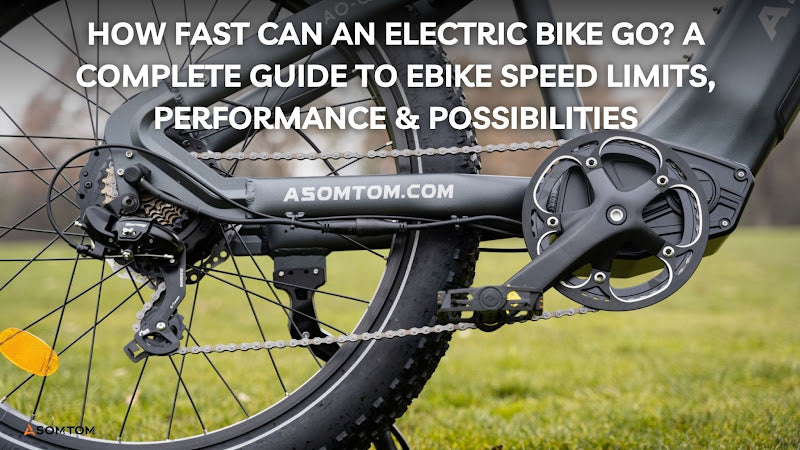
Depending on their class and motor configuration, electric bikes can reach speeds of 15 to 45 mph. Innovations by ASOMTOM guarantee steady and smooth performance across different types of terrains. This guide discusses the modern limits of speed, technologies implemented, design elements, and the emerging potential of eBikes. It enhances the rider’s experience of responsible and safe speed.
Understanding Electric Bike Speed
Motor wattage, battery voltage, rider weight, terrain, and assist level contribute to the speed of an electric bike. ASOMTOM’s motorcycle-sleek models offer an edge as they incorporate advanced efficient motors and controllers. Gaining an understanding of these components ensures smoother and faster rides while integrating safety polarity, urban or off-road environments, battery life, and real-world range.
Classification of Electric Bikes
Electric bicycles are divided into three classes: Class 1: pedal-assist, top speed of 20 mph, Class 2: Both throttle and pedal assist, also up to 20 mph, Class 3: pedal-assist, and a maximum of 28 mph. ASOMTOM designs bicycles of all classes, combining comfort inc. compliance, and cutting-edge tech to keep every rider's need satisfied.
Legal Speed Limits by Region
Speed limitations for electric bikes differ from region to region, 20 mph is the standard in the USA whereas the EU sets the pace at 25 km/h (15.5 mph). ASOMTOM tries its best to follow these laws while maximizing e-bike performance to design units that help legally whether commuting in busy towns or exploring the peaceful countryside.
Motor Power and Its Impact on Speed
The speed of an eBike relies on motor wattage. ASOMTOM specializes in eBikes with motors ranging from 500W to 1000W. These models offer powerful acceleration and impressive hill-climbing prowess. While the potential for speed increases with wattage, it could also alter the legal categorization of the bike, and accompanying the riding requirements with the power ensures safe, smooth, and efficient performance throughout different terrains.
Battery Capacity and Voltage
As for speed potential, it is determined by the voltage, whilst the range is dictated by capacity. ASOMTOM’s high-efficiency batteries, usually 48V systems, deliver powerful output while maintaining endurance. Batteries lose voltage at higher speeds, which needs to be balanced by the rate of usage.
Weight and Aerodynamics
The speed of eBikes also depends on rider weight, bike design, and cargo load. ASOMTOM’s aerodynamic frames and sturdy builds are designed to withstand an array of weights without compromising performance. Tops speeds and acceleration, are reduced for heavier riders or added cargo, but wind drag is mitigated by streamlined geometry. This design is crucial for maintaining speed and efficiency, whether they’re riding in the cities or on trails.
Terrain and Environmental Conditions
Performance is greatly influenced by weather and terrain. Gravel paths, windy conditions, or riding uphill reduces speed efficiency. ASOMOT eBikes offer strong traction and stability on a myriad of surfaces, from dirt to pavement. They are built for versatility. Smart motor support aids in changing environments, allowing the rider to maintain smooth speed through climbs, rough ground, or rain.
Software Limitations and Controllers
Certain E-Bikes, for example, have their speed limiters integrated within firmware systems or apps. ASOMTOM achieves performance optimization and legal compliance at the same time with smart controllers. Proper tuning within limits brings a responsive, safe ride without damaging the motor or warranty; however, modifying the extremes could be illegal or dangerous.
Pedaling vs. Throttle Speed
Throttle and pedal-assist result in different speed dynamics. ASOMTOM eBikes come equipped with both options, so the rider can choose between active pedaling and throttle cruising. Battery efficiency and average speed can be optimized with pedal-assisting, as it tends to produce higher averages. Enhanced control at various speed levels is enabled by seamless, natural riding torque and cadence sensors.
Customizing for More Speed
Mechanically overriding speed caps set by a motor’s firmware will likely put the achievement at risk, legally speaking. ASOMTOM focuses on compliant speed limits and encourages responsible riding while offering performance within those legal limits. Exploring hacks may appeal to some enthusiasts, but warranties and safety standards will be compromised.
Speed vs. Safety
Stopping distance and difficulty handling are affected by greatly increasing speeds. To combat this, ASOMTOM eBikes equip their models with advanced braking systems alongside stable frame designs. Riders are protected when riding at their top speeds as well. Essential equipment such as helmets alongside other bailer gear come in handy. Controlling speed as much as throttling is important, especially when sharp turns, varied terrain, and other traffic are involved.
Speed Comparison: eBikes vs Other Transport
In terms of traffic and parking ease, E-Bikes outperform cars and scooters. ASOMTOM's commuter models provide fast, agile rides for effortless daily trips. Compared to traditional bikes, e-bikes are more effortless to ride, making them an effective choice for eco-friendly transport.
Fastest Electric Bikes on the Market
High-speed eBikes, especially off-road or racing models, can exceed speeds of 40 mph. ASOMTOM’s performance line offers sleek designs and powerful motors enabling controlled speed bursts while guaranteeing high speed. Though not all are road-legal, the eBikes serve as a quality example of modern tech and are appealing to competitive riders and speed lovers.
Go to - https://www.asomtom.com/
Speed for Different Use Cases
Commuters, leisure riders, and couriers need different speeds. Tailored options are offered by ASOMTOM, with efficient city bikes, rugged off-road, and cargo trikes. Knowing the daily route, terrain, and legal speed limit assists riders in choosing the correct model.
How Speed Affects eBike Range
Faster riding leads to quicker battery drainage due to energetic expenditure. Optimized motors and smart energy usage from ASOMTOM provide a balance between speed and range. For best results, riding at moderate speeds is ideal when aiming to extend travel distance. Creating strict expectations is essential: aiming for maximum speed limits considerably reduces mileage and increases charging stop necessity.
eBike Speed in Competitive and Sport Use
E Bike racing is becoming more popular with events being organized that showcase other tech alongside rider skills. The competitive grade models of ASOMTOM are capable of sustaining control at competitive speeds. Depending on the event, many rules have class-based speed limit subsets. A promising blend of innovation, mechanics, and eco-friendly eBike athletics technology lies in the advancements of the eBike sport.
Innovations Shaping eBike Speeds
Emerging technologies such as weak AIs and power-assisted motors are enabling new speeds. And, altering modern materials and electronics for ASOMTOM enables acceleration and range increases. Giving future models the ability to transform in real-time personalization will help preserve overall battery life.
Myths and Misconceptions
We all know how some believe all eBikes come with speed limiters, and removing these limiters is completely safe. But these misconceptions are put to rest with ASOMTOM-tuned models designed for optimized legal restriction performance. As always said, faster isn't better. In this case, there needs to be speed and purpose. Smarter riding revolves around understanding your bike's capabilities and ensuring a safeguard enables enhanced protection for the rider and the machine.
Tips for Managing and Enjoying eBike Speed
Riders can use app access to manage their speed, follow the local riding laws, and promote map riding with situational awareness and concentration. Safe procedures like tuning within speed limiters alongside proper gear enable more control for ASOMTOM. Learn how your bike performs at different speeds—from responsiveness and brake distance to battery usage.
Summary
Other factors like the rider’s surroundings, the rider themself beside the bike, the motor, and even the battery comprise a rider’s speed on an electric bike. The top chance of performance across all terrains is balanced delivering the latest in advanced technology with the best ASOMTOM sleek design. Riders can enjoy smoother, faster journeys—legally and confidently—while commuting, exploring, or even racing by properly understanding classifications, speed limits, and safe customization.
Frequently Asked Questions
- What is the legal top speed of an eBike?
In the US, Class 1 and 2 eBikes are legally capped at 20 mph while Class 3 allows 28 mph. The maximum speed allowed for an eBike differs depending on its class and region.
- Can I make my eBike go faster?
Some riders modify eBikes by removing speed limiters, upgrading motors, or changing firmware. But those actions can void warranties, reduce safety, and breach local laws.
- Is it safe to ride an eBike at 30+ mph?
Strong brakes, a stable frame design, and protective gear are needed if the eBike is ridden over 30 mph, which increases the risk of accidents.
-
How fast do Class 1, 2, and 3 eBikes go?
Class 1 eBikes offer computer-controlled pedal assist, which goes to 20 mph. Then there's Class 2, which has the same capped throttle Level but adds pedal assistance, also capped at 20 mph. Class 3 allows pedal assist capped at 28 mph. Some models require helmets. ASOMTOM offers models of eBikes balancing speed against compliance with laws to ensure safety for riders.
- Will riding fast drain my battery quicker?
Yes, there is an increase in draw from the battery when speed is increased. While ASOMTOM eBikes have efficient systems for extending the range, maintaining top speed does shorten ride time.
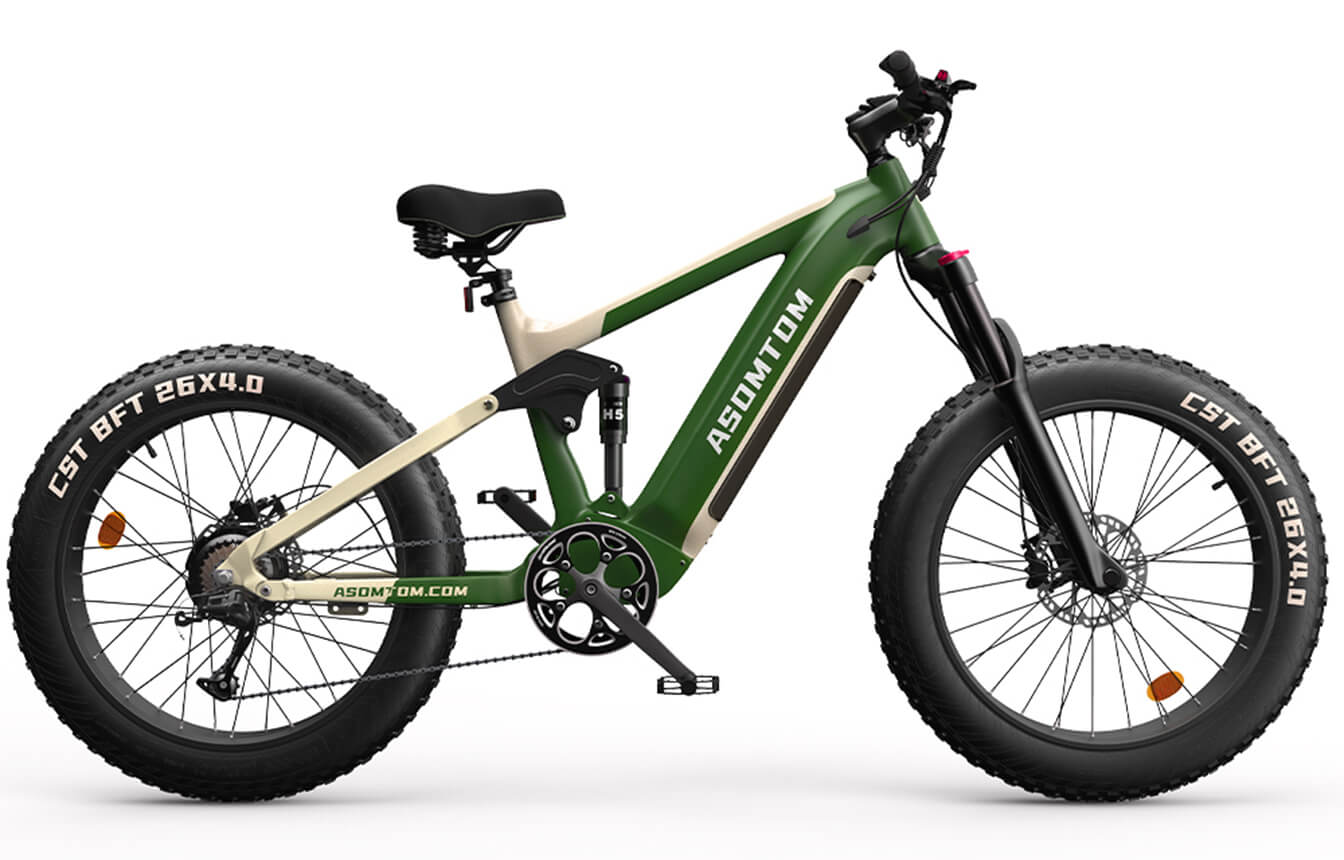
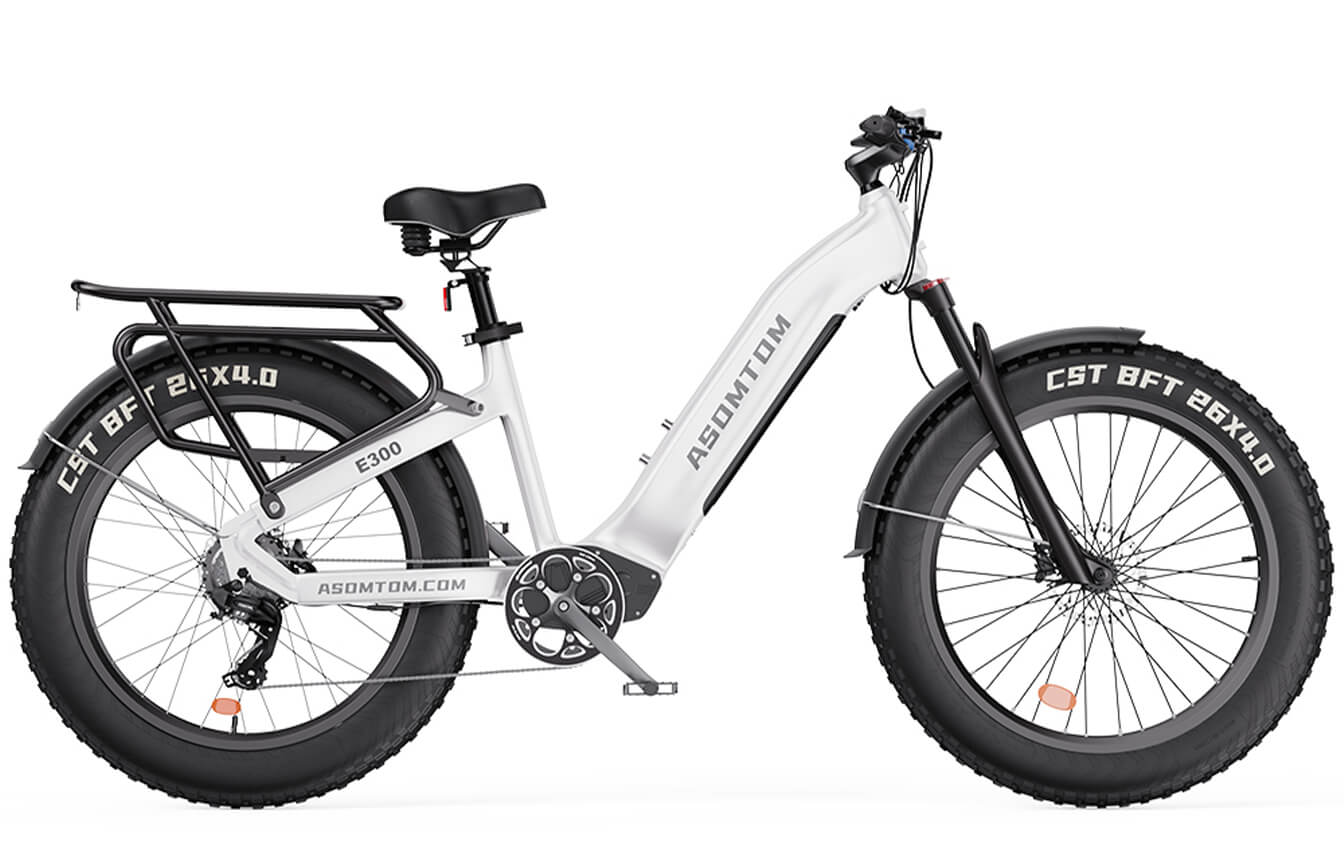
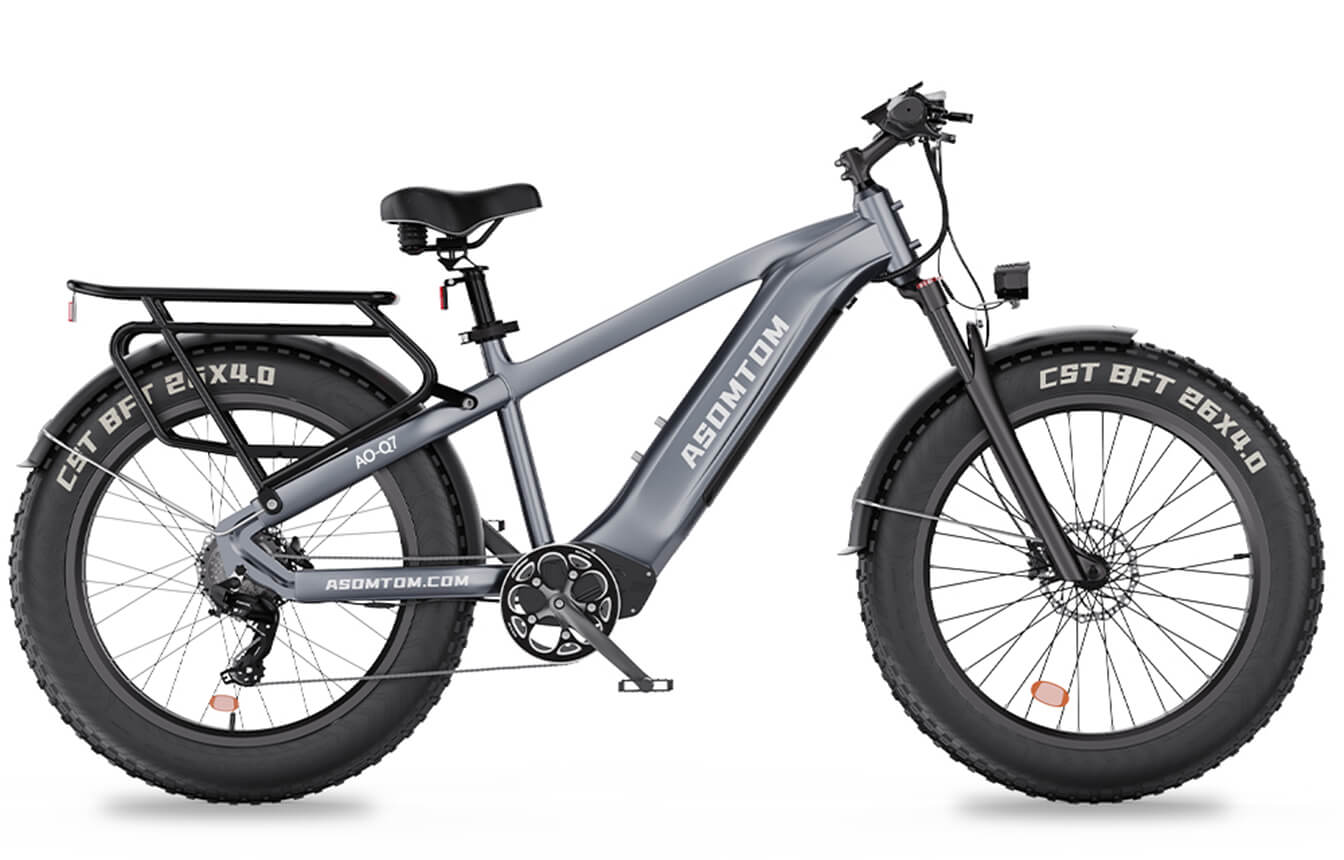
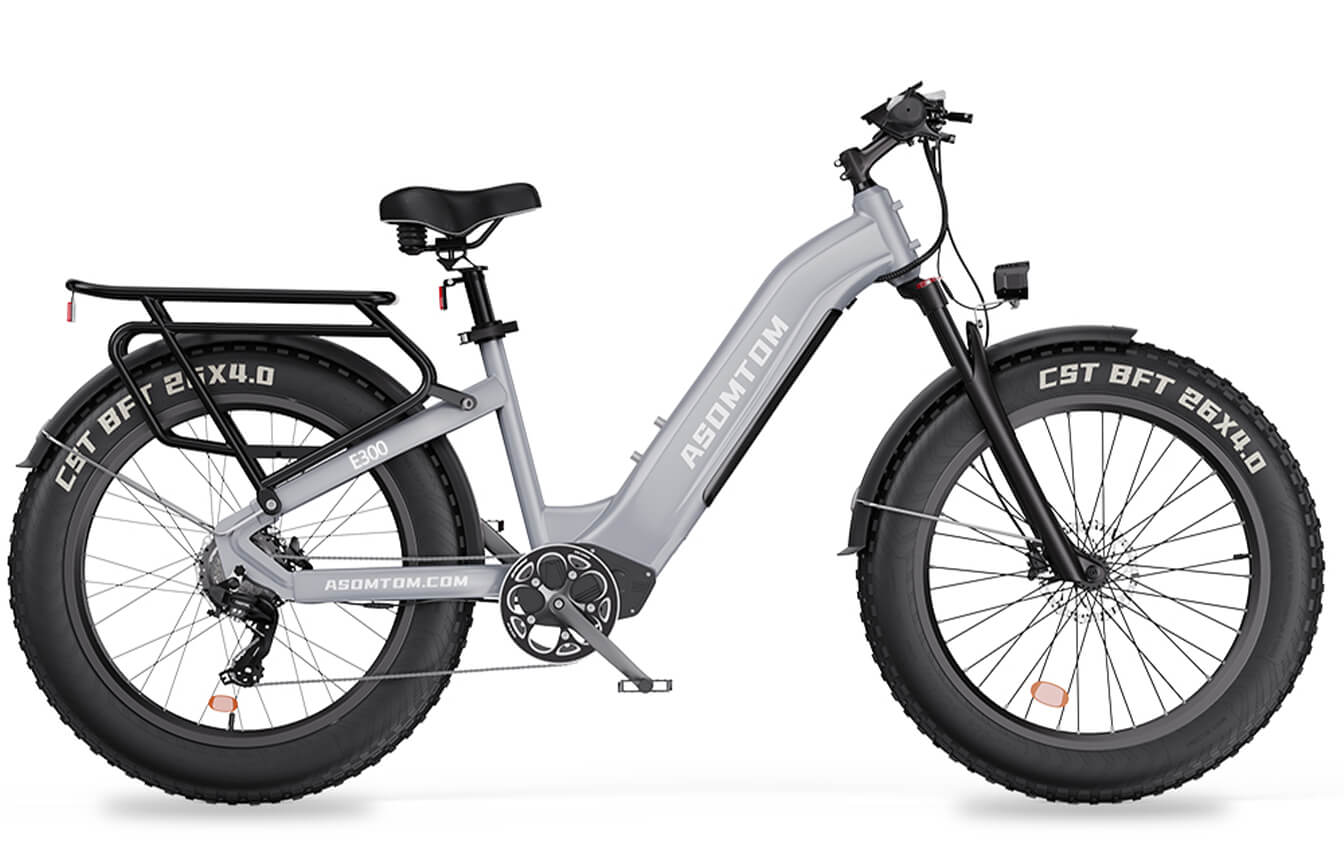



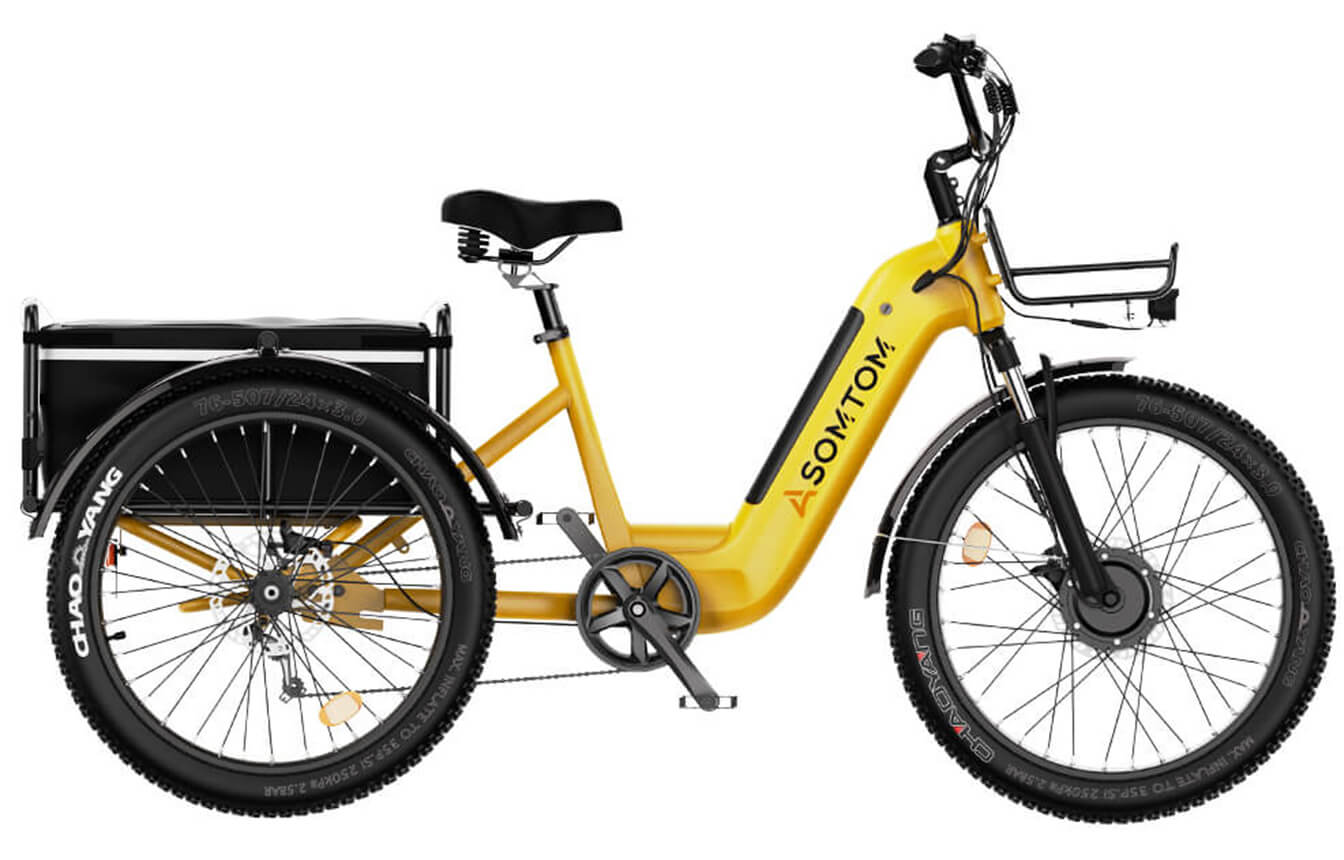


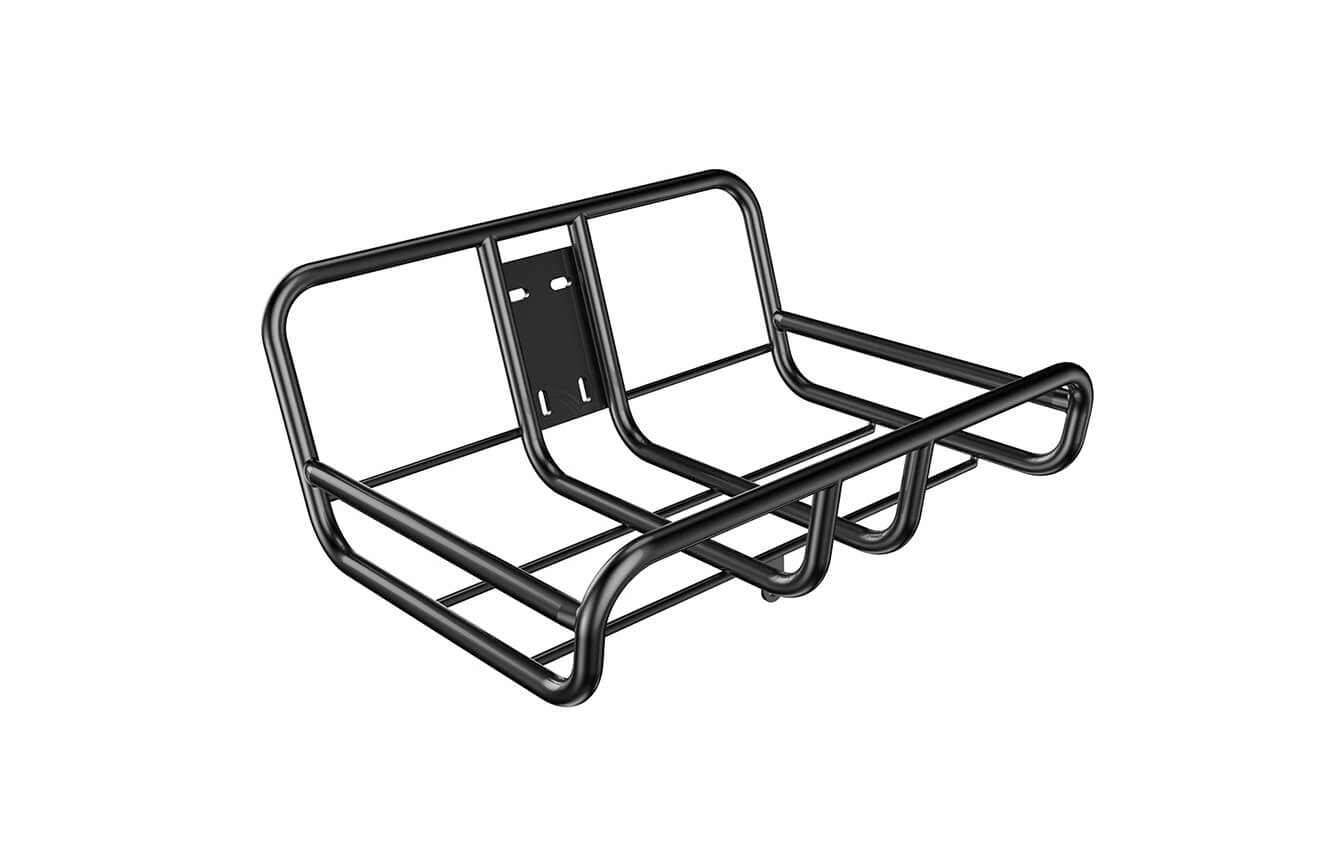
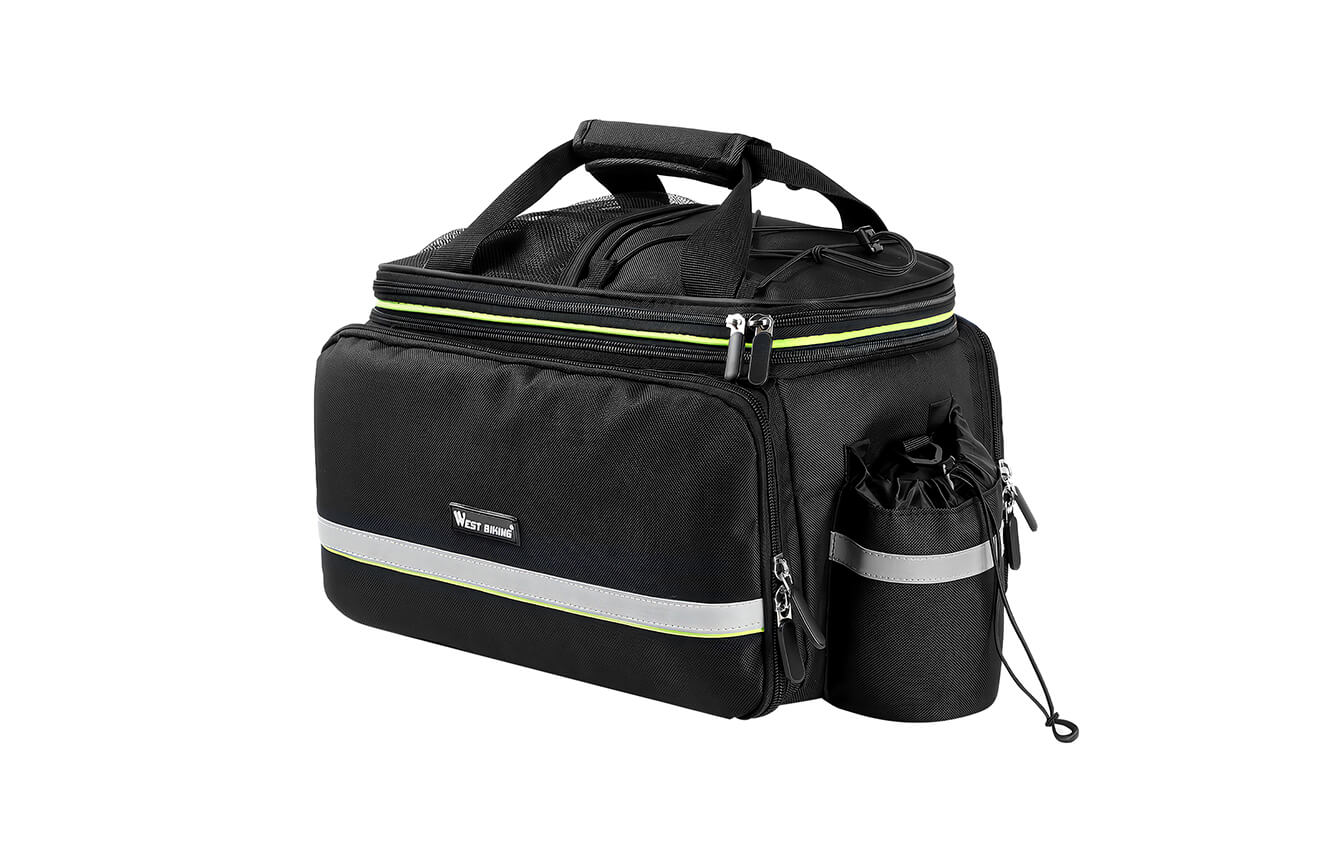
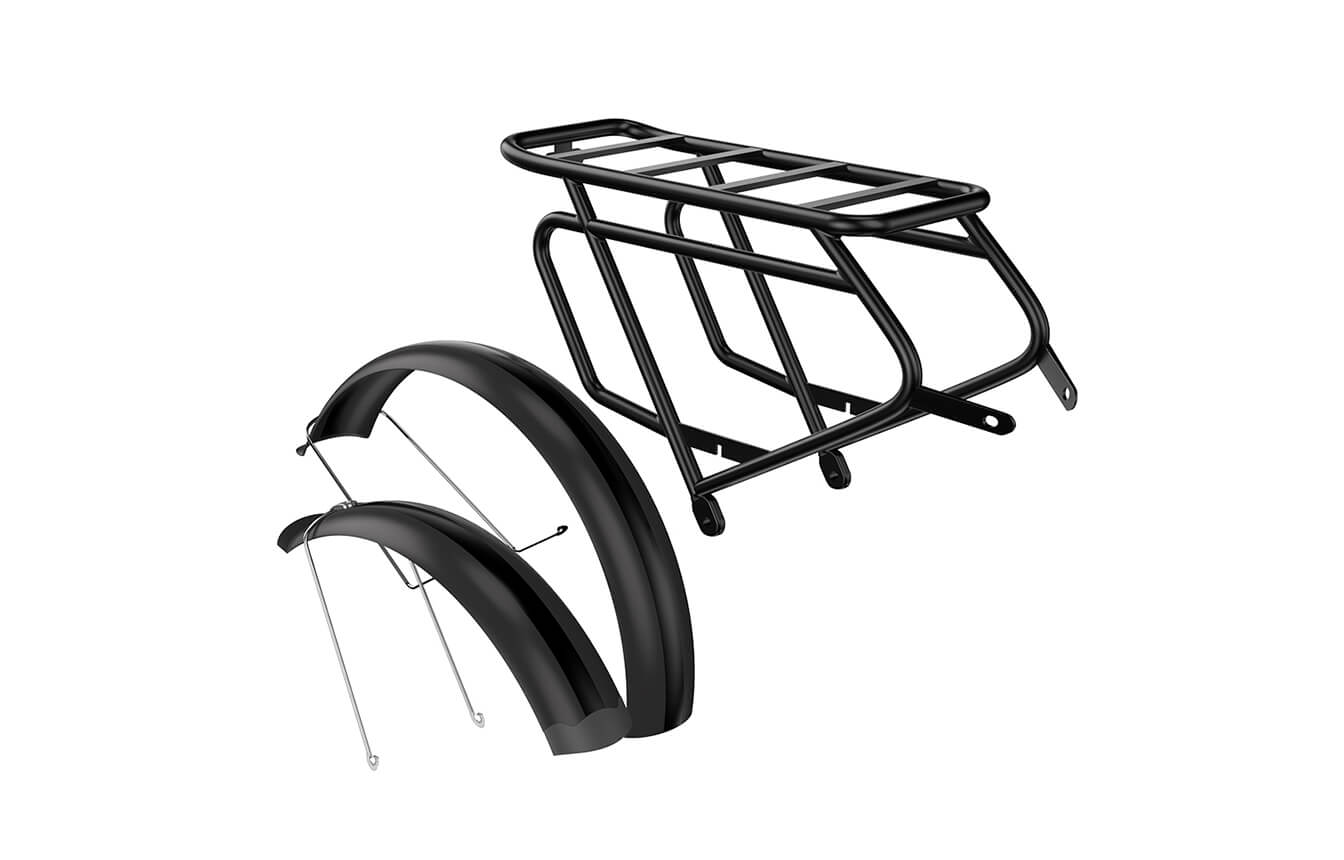

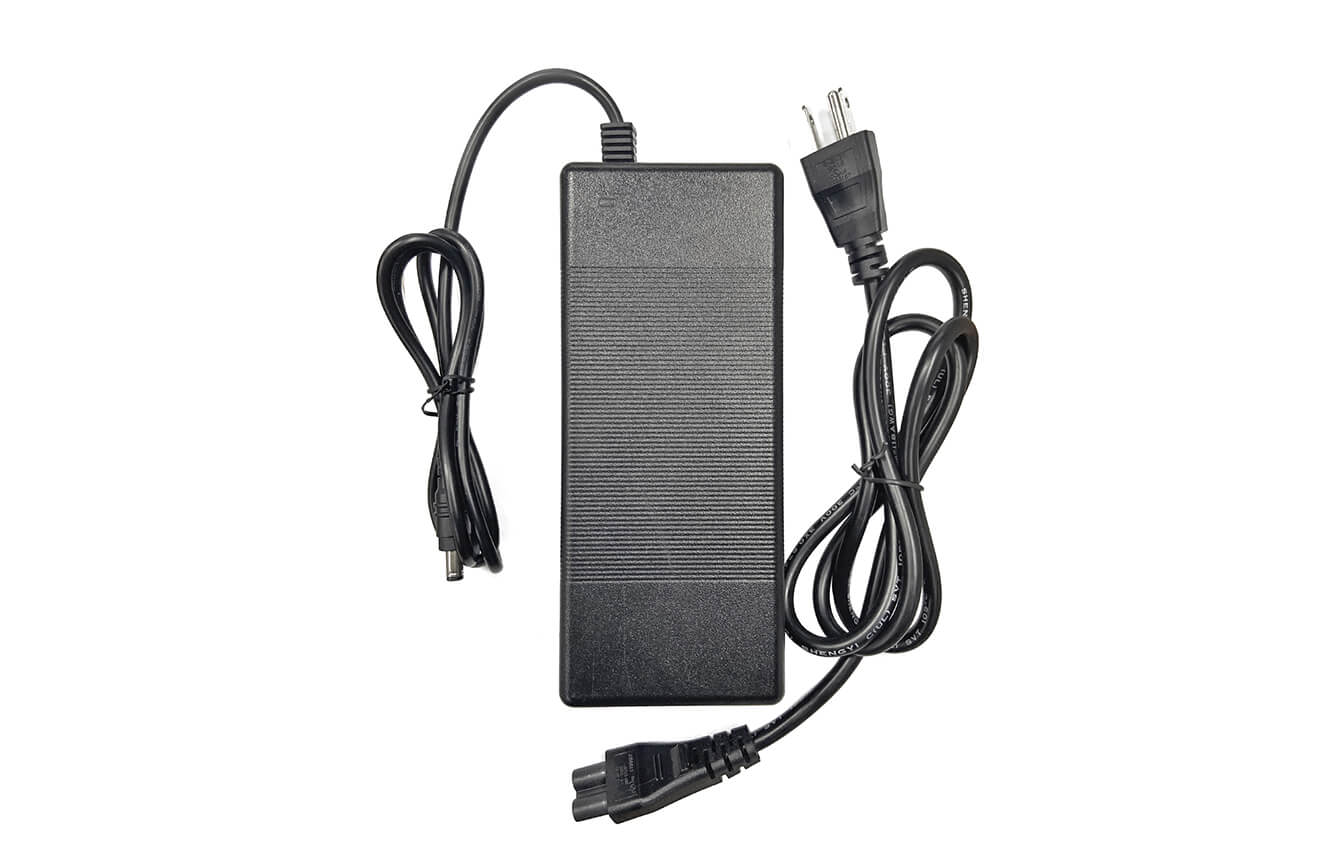
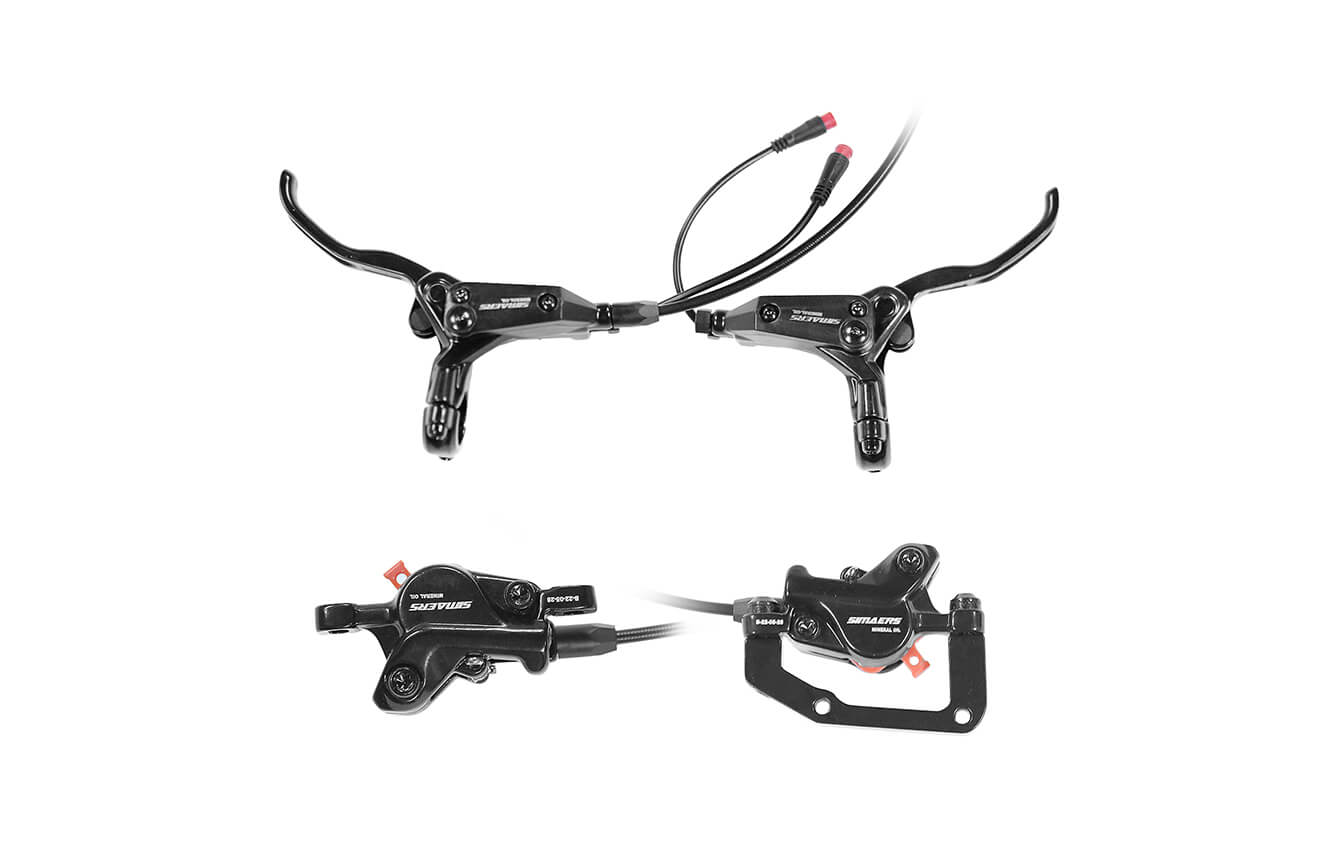
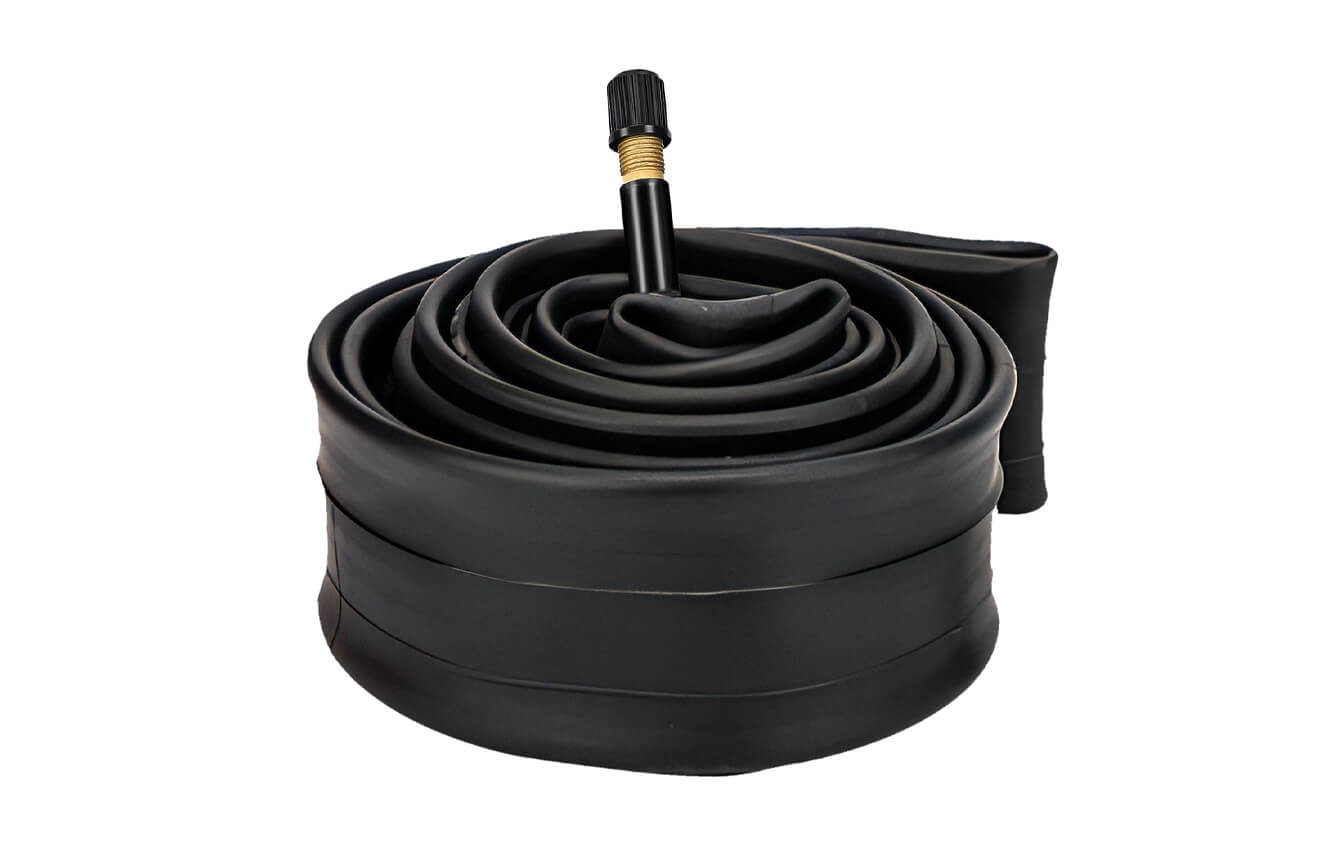






Leave a comment